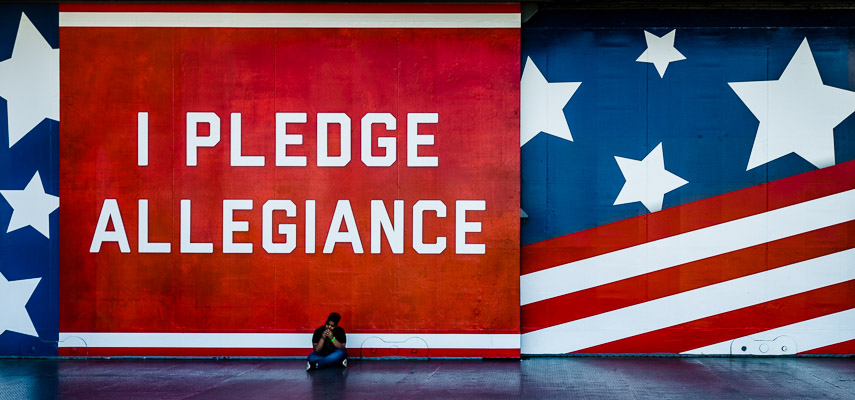
I recently returned from a fantastic time at Improve Photography's Create Photography Retreat in Charleston, South Carolina. It was my first photography learning event of any kind, and I'm excited about taking advantage of similar educational events in the future. Having one under my belt hardly makes me an expert, but I have a much better idea how to prepare for my next educational event. I'd like to share some thoughts about making the most of your own first photo retreat.
The instruction from experienced photographers was really invaluable. The Create Photography retreat in particular stresses a balanced approach–both seminar-style presentations and active photo shoots with hands-on learning. Looking back, the over-arching principles are to have fun, meet fellow photo-enthusiasts, and learn more about the world of photography that you can use in your every-day photo projects.

1. If you have a question, you're probably not the only one.
I lost count of the number of times that somebody asked a question in a breakout session and I thought, I was just about to ask that. Whether it was a question about using off-camera flash, or landscape composition, if I had a question, somebody else probably had it as well.
Photography is not a naturally social activity, like tennis. By that, I mean that one does not really need to involve other photographers. You can grab your gear and head off into the woods, or into the studio in the spare bedroom, and experiment as you like. Have you ever tried playing tennis by yourself? It's not easy. You either spend 20 minutes running back and forth like Bugs Bunny, or you set up a match against a brick wall. Either way you look like an idiot. Nobody ever saw a photographer walking down the street by himself and said, “Hey, who are you photographing with today?” The activity simply does not require two people, or a group.
As a result, I think photography is a hobby that attracts introverts the way Kentucky lottery winners attract poor life choices. So when we have the opportunity to interact with fellow shutterbugs, it might be a new sensation to know that others have similar problems with Photoshop or white balance techniques, since we've all spent time banging our heads against a wall trying to solve a problem on our own. But in a a group learning event at a photo seminar or retreat, the Lone Ranger in you will find many like-minded Tontos.
2. You don't have to be an expert to have an opinion.
A friend of mine used to say that opinions are like arm pits: we've all got 'em and they all stink. Some opinions are shared almost universally, and others sharply divide us. For example, I learned that the shared opinion of the greater Charleston area is that BBQ is awesome. I say this because as I drove to the retreat through South Carolina, I gathered ironclad scientific evidence by noticing that the billboards for BBQ joints outnumbered billboards for personal injury lawyers. So you know they love BBQ.
Some opinions are not so universal. If you say out loud to other humans, “I love sepia tone in all its marvelous splendor” you're likely to be treated like a lover of avocado toast because apparently avocado on toast is now a thing. I'll accept your opinion, but don't expect a standing ovation.
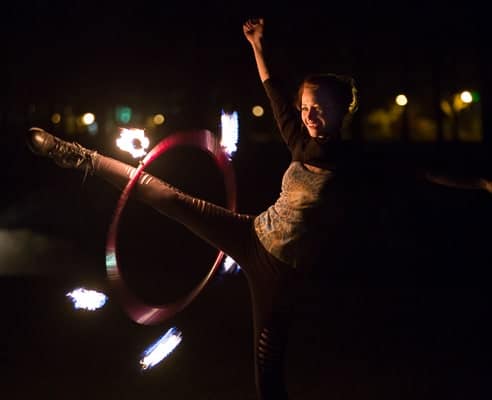
If photography is art, then opinions matter. Your opinion whether you like color or black and white portraits matters. Your client's opinion of whether the rodeo-themed wedding should involve photos of the groomsmen wearing bolo ties or chaps, or both, matters.
That's not to say that objectivity plays no role in improving our photos. It's not an opinion to explain what information is conveyed by a histogram. It wouldn't make sense for me to say, “Tommy, I know you say the histogram shows that the highlights are blown out in this photo, but in my opinion that's not what the histogram says.” This is nonsense. Either Tommy's right or I'm right. And since I'm probably all hopped up on BBQ at this point, I think Tommy's probably right. We can have differing opinions about the impact of the histogram's information and whether the blown out highlights take away from the aesthetically pleasing nature of the image. As in politics, so it is with histograms and other objective matters: I'm entitled to my own opinion, but not my own facts.
It's easy to be intimidated by the opinions of real experts in the photography field. Don't be. You might find one image appealing that most people do not, or vice versa. Good teachers in any field know how to separate their knowledge of objective information with their opinion about what they like and don't like. Photography is no different. If you're headed to a photo retreat or any group photography shoot where you'll interact with experienced photographers, respect both their knowledge and their opinions. But always know the difference.
3. Astrophotography is worth the loss of sleep.
Rusty Parkhurst had a late addition to the agenda — a 3:00 AM astrophotography workshop at Folly Beach. Whether you're a “stay up late for it” or a “get up early for it” kind of person, I would encourage you to give this a try. Rusty's suggestions on settings and techniques were invaluable. His article about photographing the Milky Way–the celestial formation, not the candy bar–covers all you need to get started. On second thought, if you're headed out at 3:00 AM, bring the candy bar–you're going to need some energy.
I will only add a couple of things from my personal experience as a first-timer in astrophotography, the Milky Way in particular. First, just like many great landscape locations, it's easy to get mesmerized. I was so concerned about working with focus and shutter speed (and not getting in the way of other photographers) that I neglected the foreground. Just as the awe of the Grand Tetons would be illusive without the context of the valley below, the Milky Way is so vast that it might seem mundane after 7 or 8 images without some foreground. In the image that I took below, You can see that the beach itself provides a bit of context to the night sky, but imagine if a tree or a large piece of driftwood with some light-painting were also in the frame.
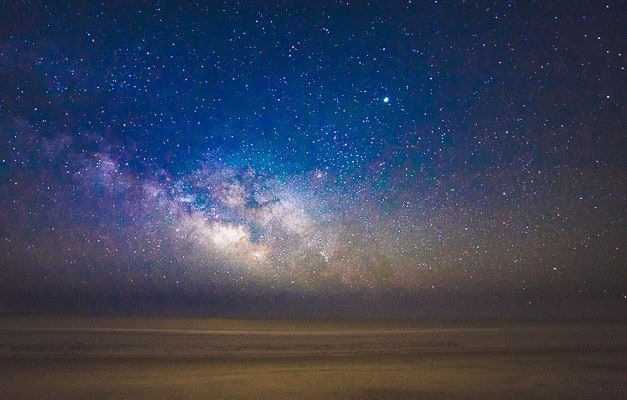
Second, the good folks at Sigma let me borrow their 20mm f/1.4 for my Canon 6D for this event. As a first-timer trying to get Milky Way images, I'm sure I did not do it justice. As you may expect, compared to my Sigma 15mm-30mm f/3.5-4.5, the 20mm is very fast–it's practically a light magnet. Still, it can't solve human error. For nearly all the images I took with the f/1.4, the lens was aimed too high and only caught a portion of the milky way. As a result, my own 15-30mm lens captured the best overall image, while mediocre in comparison to Rusty's work. But with more practice, I think the results would have been different.
So if you've stayed away from astrophotography because (1) your sleep is just too darn important; or (2) the name makes it sound like it involves a visit to the proctologist, then think again. First, the images are fantastic and you'll sleep when you're dead. Second, you're over 40 you really should listen to your wife and have that colonoscopy now that you're thinking about it. You're welcome.
4. Try something new.
Not sure you want to invest in a 600mm lens for nature photography? Can't commit to Profoto studio lights? Worried a drone is a waste of money just because you flew the old one into the Little League scoreboard three years ago? Sure, a photography retreat gives you a chance to learn from experts. But it also a chance to try new things.
Prior to the retreat, I had never used a lens faster that f/1.8. I had never used a tilt-shift lens. I had never photographed a model. I can now check all three of these off my photography bucket list. More importantly, I learned more about what works and what doesn't, at least for me. I still think the science behind a tilt-shift lens treats my brain like a Rubik's cube. But it made more sense in my hands than it did on paper.
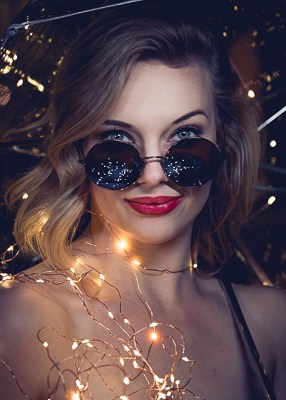
Learning is individualistic, but educators recognize patterns of success common to all of us. Most of us can learn by listening, and also learn by doing. This varies by subject and by the individual. But when we lump them together, they reinforce each other–using more than one part of our brain. First, we lay the groundwork for learning when we hear something new. When we see it done, our senses reinforce what we've heard and buttress the initial memories. Finally, by physically taking part in an activity related to the instruction, we build upon knowledge again. The science of pedagogy aside, trying new things is fun!
5. It doesn't take a decade to develop Photoshop proficiency.
Brian Pex gave several Photoshop-related presentations. I attended “Lightroom to Photoshop and Back” which, as the name suggests, is all about making homemade venison jerky. Just kidding! The session detailed the process many photographers call “round tripping” a photo from one program to the other and back again.
Brian Pex knows Photoshop. The information came fast and furious. Brian told us he only started photography in 2015, which is astounding, since listening to him describe post-processing was like drinking from a fire hose! I encourage you to check out his article on smart objects, and you'll get a flavor for his skills.
Like a lot of photographers, I've gradually become comfortable in Lightroom. I even look forward to it. But I'm still working on being a proficient Photoshop user. Perhaps it's because Photoshop is so powerful that it cannot also be intuitive to the novice user. It's encouraging that Brian has developed so much expertise in Photoshop in a relatively short period of time. Maybe there is hope for the rest of us. Maybe we really can jump into the deep end of the post-processing pool and do more than tread water.
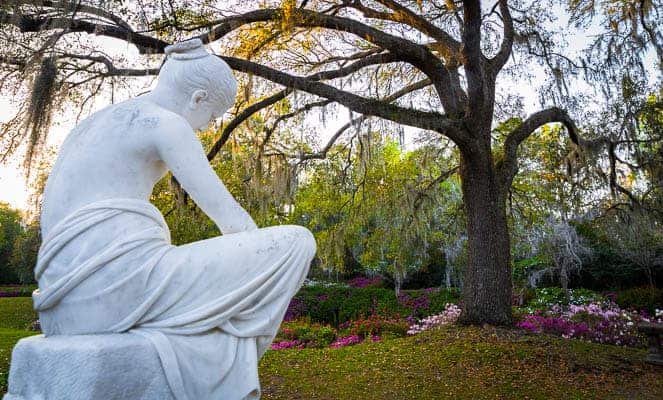
1/125 at f/7.1, ISO 800, 20 mm
6. Know your battery limits.
Batteries are a tricky thing. Just when you think that your camera battery can get you a full day of shooting, your equipment surprises you. Just like the miles per gallon listing on the car you bought, the battery use figures are only averages. Averages are statistical blunt instruments–they don't provide much detail. If you start using your DSLR's live view mode for a couple of hours, or you're standing out in the cold doing night photography, don't count on that average to hold up.
During the retreat, my camera body was on and off many times during the day–not just while shooting. I would turn it on to check various menu settings as speakers discussed in-camera techniques.
But it wasn't just my camera battery that played the drain game. My laptop also saw heavy usage during the retreat, as I took notes and jumped in and out of Lightroom and Photoshop. And since the retreat organizers used a helpful smartphone app to manage the event agenda, notices, and allow for group communications, my iPhone also saw more screen time than it did in a typical day. Consider an external battery pack to keep your phone going during the day's events, since you're probably going to be moving around too much to hang out by a power outlet.
7. Plan to bring your main gear, not the exotic stuff.
Every photo outing involves a gear analysis. Will you need the 70-200mm lens? Should you bring a tripod? Will you bring your back-up camera body? Generally, I found certain cornerstone gear very useful, and didn't stray too far into hyper-specialized equipment. If you're driving to the event, you have a bit more flexibility than a commercial flight allows.
Here's a run-down of the hit-and-miss gear decisions I made for the Create Photography retreat (aside from my camera body, which I hope you don't need me to list here).
8. Win friends and influence people
With apologies to Dale Carnegie, making connections with like-minded people in the photography world not only adds to the enjoyment of the conference, but it can expand your future enjoyment of photography tremendously. The Create Photography retreat organized attendees into loose geographic groups. Not only do I hope to meet up with some of these fun people at next year's retreat, I hope to have other opportunities to shoot with them and follow them on social media.

9. You cannot attend every minute of the conference, so don't try.
Have you ever heard of FOMO? It means Fear of Missing Out. The phrase has been trivialized a bit in popular culture, like the Fear of Missing Out on the here-for-a-limited-time-only McRib sandwich. This phrase (FOMO, not McRib) was coined in 2004 by author Patrick J. McGinnis, and describes a form of social anxiety about events, discussions, or activities for which someone is not present. Like many conferences, the retreat I attended had general sessions for all attendees, and “breakout sessions” in smaller groups for more specialized topics. This is common in conferences in many professional disciplines as well.
It was frequently hard for me to choose. Should I go to the landscape photography class, a photo review session, or a talk on mastering off-camera flash. Do I brush up on post-processing or get some experience in a new area, like commercial photography? I'm here to tell you the FOMO was real. I wanted to attend most of the breakout sessions. It started to stress me out a little. Like an Ohio State fan at the Golden Corral buffet, I just wanted to put everything on my plate and gorge myself on all of that photo knowledge goodness. But looking back on it, and convinced I'll be going to other learning opportunities in the future, I think I need to pace myself next time.
Conclusion
Whether you're considering a general photography class, a hands-on style on-location event, or a combined version like the Create Photography retreat, there's no better way to turbo-charge your current enjoyment of photography or to re-kindle your interest than to invest in learning. You can always buy new gear later. I'd love to meet you at next year's retreat.

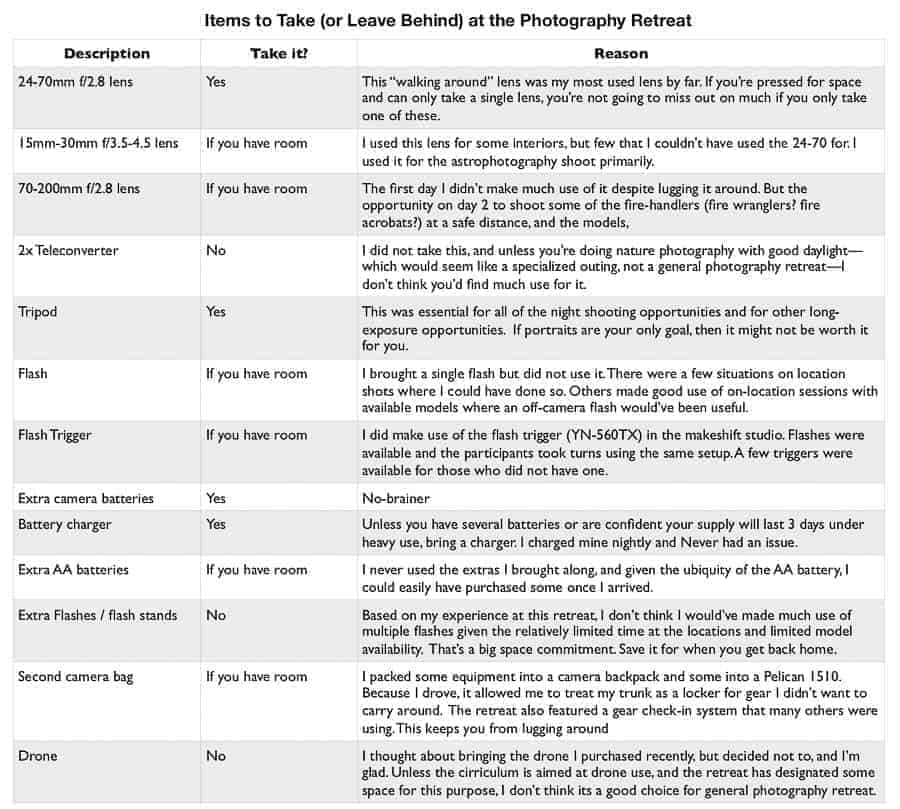
Well put! This was also my first photography learning event as well and my experience was very similar. I must say “drinking from a firehose” being something I have tried in real life, really does sum up my time at the retreat. Weather I was in one of the breakout sessions or shooting didn’t matter, i was always learning. If anyone is wondering if its worth doing to learn more about photography, I can assure you it is.
Thanks, Zane. I couldn’t agree more.
Thx for sharing tips on photography.
Wonderful tips on photography.
Great article, Andy, and thanks for the shout-out. You really hit on a lot of important points about what it’s like to attend an event like this. My recommendation to anyone passionate about photography (or even if you think you might be, but aren’t sure) is to attend a conference such as this one or a photography workshop. The focus on photography for a few days, the many learning and shooting opportunities, and developing new friendships to nurture for a lifetime is invaluable.
The astrophotography shoot was great, and pulled together quite well for a late addition. My wish is that I could have spent time with everyone to help as necessary. There were many great images made by folks who were doing this for the first time – including yours. Keep up the great work!
You nailed it Andy – and in an entertaining way. Great article!